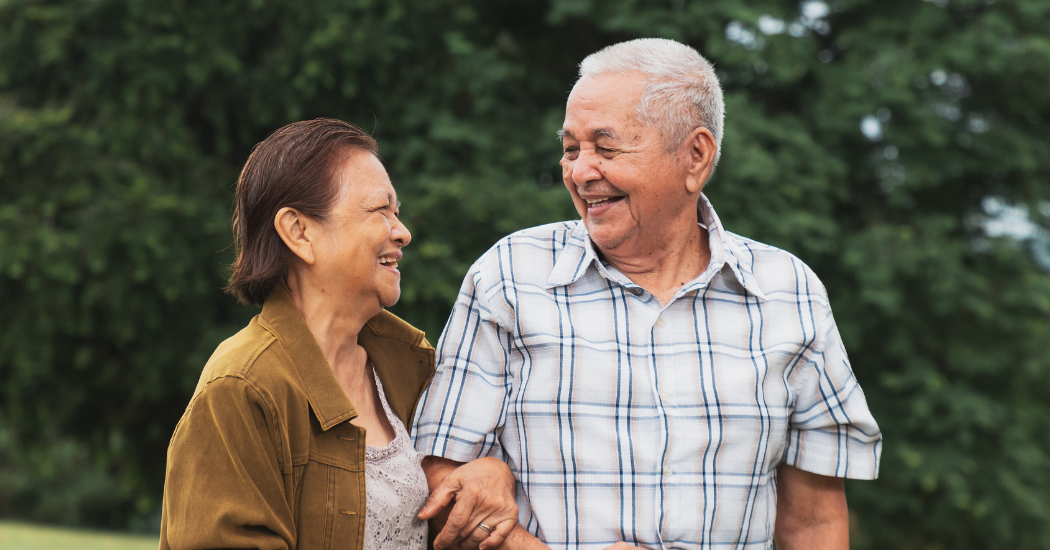
As we age, maintaining independence and mobility becomes increasingly important, but the risk of falls can rise due to various factors like medical conditions, vision changes, and home hazards. Taking proactive steps to reduce these risks is critical to staying safe and confident at home. You can significantly reduce your chances of falling by talking with your doctor and making simple home adjustments, like improving lighting and removing tripping hazards in your home. With a few precautions, you can stay active, healthy, and independent for longer.
Steps to Reduce Fall Risk
Talk to your doctor
Several medical conditions, such as injuries, poor eyesight, neuropathy, Parkinson’s disease, arthritis, low blood pressure, and weakness, could increase your risk of falling. Talk to your family doctor regularly to discuss all potential risk factors (medical conditions, medications, etc.) unique to your body and health.
Remove Scatter Rugs
Remove throw rugs throughout the home that are easy to trip over, including those at the top and bottom of the stairs. If you must have a rug in the bathroom, make sure it has a no-slip bottom.
Keep Pathways Clear
Clear pathways of trip hazards — such as clutter, power cords, or extra furniture — make it easier to move around. Get electrical cords with flat plugs or place rubber strips over the cords. Make sure you know where your pets are when moving through the house.
Fix Uneven Surfaces
As people age, vision changes may mean their depth perception isn’t as good as before, and they may not see the details of walking surfaces. Fix uneven walkways and steps inside and outside the home to help prevent falls. Consider adding a contrasting color to floors, such as a colorful carpet on a hardwood floor instead of beige, so any surface changes are clear.
Ensure Proper Lighting
Good lighting is vital to illuminate pathways and surfaces inside and outside the home. Open curtains or blinds to let in natural light. Add extra lighting, such as night lights in hallways, toe-kick lights, or light strips on steps, where needed. Consider motion sensor lighting inside or outside for ease of use.
Secure the Bathroom
Install a higher toilet or a seat extender, which are better for people with arthritis or knee problems. Other fall-prevention changes include using nonslip rugs, adding a shower chair, and installing grab bars near the shower, tub, and toilet.
Install Railings
Add a railing along stairs — or on both sides of steps — to help navigate inside or outside your home. Attach blue packing or painter’s tape to the edge of the steps so they stand out. Consider building a ramp that leads to the front or back door instead of steps.
Check Your Vision
Since poor eyesight can lead to falls, older adults should get an eye exam once a year. You may need glasses, have an age-related condition like cataracts, or need to update your eyeglass prescription.
Strengthen Muscles
Age-related muscle weakness and deteriorating balance can also contribute to falls. To strengthen your leg muscles, take brisk walks for 30 minutes three times a week. Before walking, do some light stretches, such as easy bends and knee flexes while holding onto a chair. Exercises like tai chi and gentle yoga can help improve your balance.
Additional Resources
National Institute on Aging- Six Steps To Prevent Falls
CDC- Preventing Falls & Hip Fractures
Our Fall Prevention Program educates our older patients about their fall risk as a preventative measure instead of dealing with a fall after the fact. Through this dynamic program, you will become more empowered to enjoy life safely.